https://www.youtube.com/watch?v=LAjHwbHruTk
Little Wing - Jimi Hendrix (Guitar Lesson) 4K
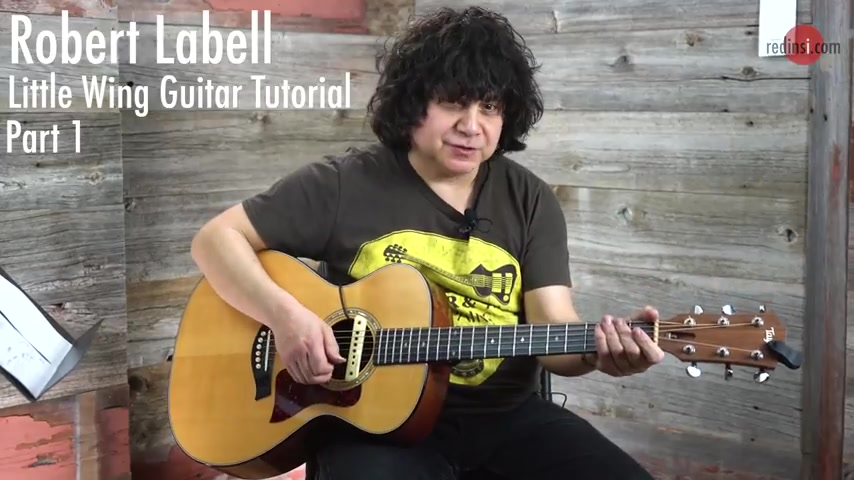
Everyone .
Welcome to our guitar videos and our undisclosed location , our undisclosed basement and it's good that everything is undisclosed because I got a notice the other day that said some of Hotel California was not to be played in various countries because of copyright infringement .
So today we're going to do pretty much the same thing for Jimi Hendrix's little Wing and we're going to do the videos in all likelihood to be done in three separate parts .
So the first is that it's in the key of E minor and I'm going to go through some very quick theoretical things .
The first is that it's in the key of E natural minor , EF sharp , G ABC F sharp , G ABC .
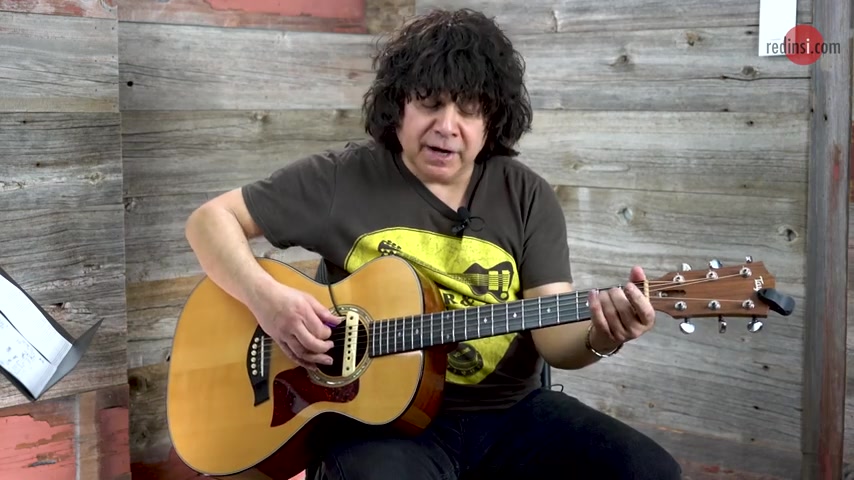
Now taking each of those degrees of the scale , you'd be building an E minor cord up to an F sharp diminished which could be D sharp , ac F sharp to after the F sharp A G triad , A triad , a three part chord GB A minor ac and E Yes , I'm going somewhere with this followed by A B minor BD and F sharp , followed by ac major A cord DF and followed back to that E minor core .
Eg and B my father in law used to play for Bill .
He in the Comets .
He still teaches guitar .
His name is John Kay .
So I suggest everyone might want to check out some of his instructional videos online .
John Kay who says it's not music theory , it's music fact they aren't theoretical formulas .
They're factual formulas all based entirely on number systems .
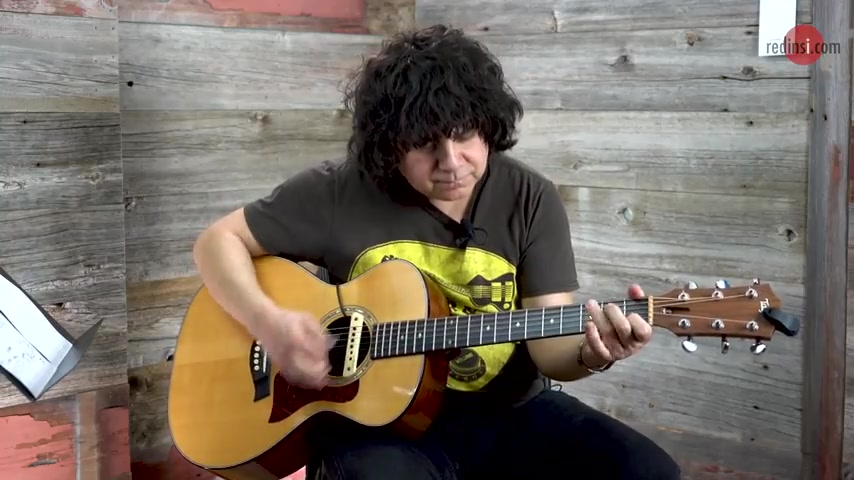
Meaning that little wing structurally as well .
She's in em through it .
Down , down , down , down , up , down a minor .
Yeah .
Be my B flat avo fa nine nature .
So , what am I getting at by that ?
The cores are all diatonic to the key of E minor through the gene .
A minor is part of the key E minor .
Part of the key B minor is part of the key .
The B flat could be a flat two quarter of a minor .
So walks into the A minor and fairy tales .
G the F is not part of the key but it sounds good fa nine , the nine is the G .
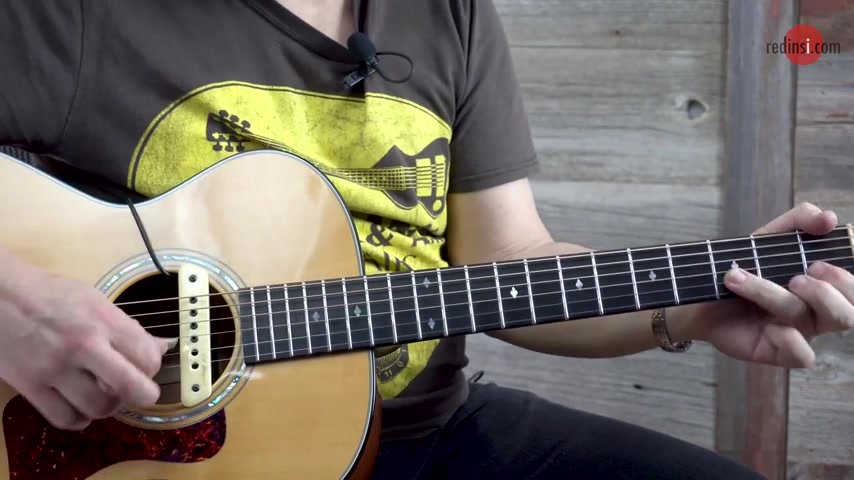
So you're going FG A see FG .
So you got an octave and then putting the nine on top .
So it's called a compound interval , an interval that's greater than an octave .
This structurally takes apart little wing .
So once again , she , I , I , so once again , now you could use that C there or just without it , it could be E minor .
A minor .
All part of the same .
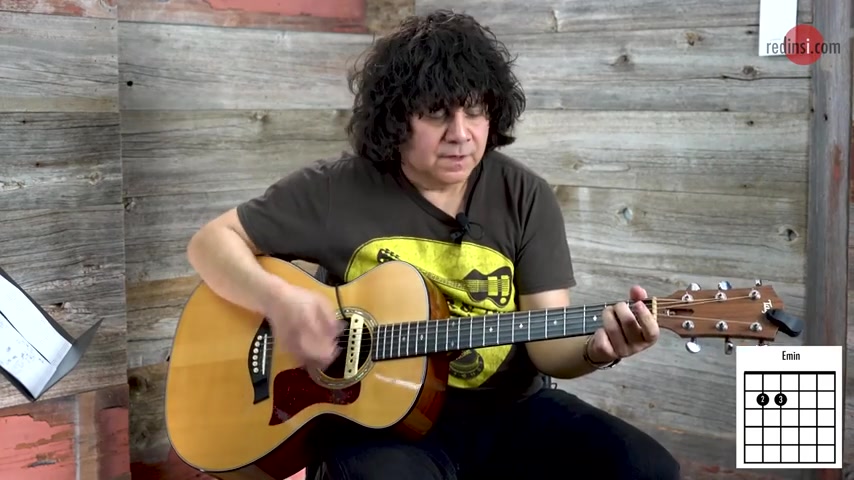
Yeah .
D minor black at night and that is structurally all of Little Wing .
Now , what Jimi Hendrix does to beef this up .
He was a phenomenal rhythm player as well as being a great lead guitar player .
Songwriter .
He's a fabulous rhythm guitarist .
And what he would do is he play melody and chords at the same time , not like guys like Chet Atkins or Jerry Reed , but he mix up chords in such a way .
That's what we're going to attempt to deconstruct today .
The opening harmonic of the 12th Threat .
So he slides down then hammers from A to a B on the fifth string , second fret , third string .
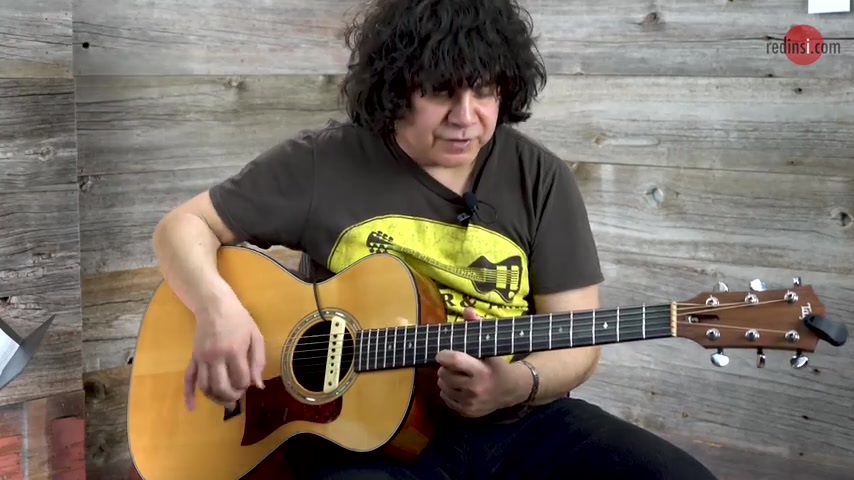
So you have then because it's in an E minor pentatonic , you have E G A G A and E .
Now he leans on that scale a lot .
So once again , that box pattern , which we're gonna talk about later .
So all this , then what he does to outline the melody and the chord , his index finger goes to the fifth string , fifth fret while borrowing on the fourth string , fourth Threat and creates that .
So he has hammers from the D to the E , from the fifth to the seventh thread on the fourth string .
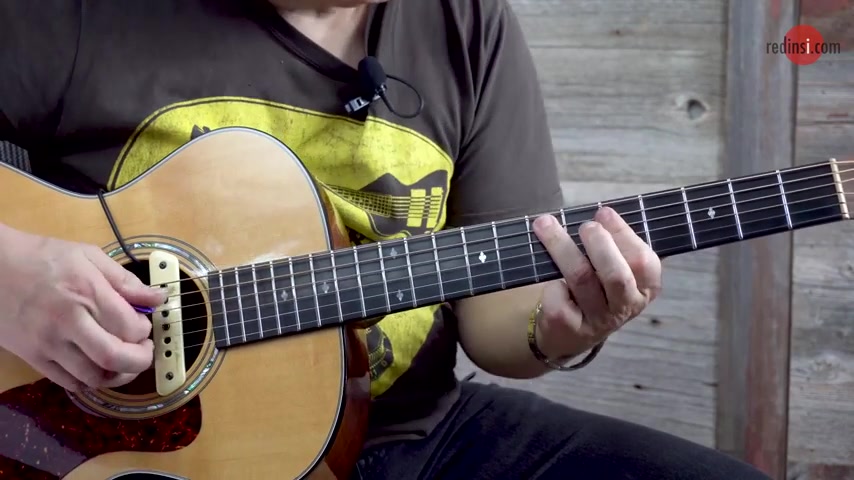
So from here he goes then to the fourth string , fifth fret , then hammers from the G to the A CF .
So once again , the next is the G cord , probably he catches the bass note with his thumb , his index finger on the other hand presses down the D and the G on the 1st and 2nd strings .
Thus completing the second part of the triad .
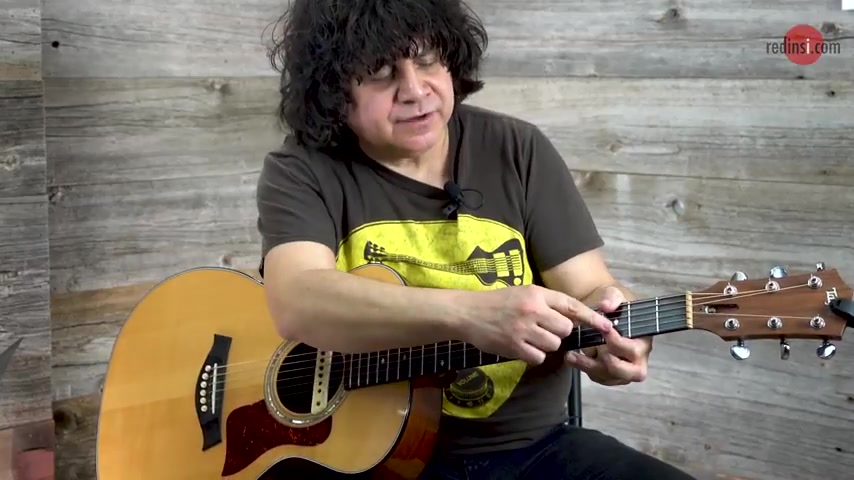
So thump , open third string , index finger covers the D and the G he ha he hammers on from his index using his third finger which hammers on from the G to the A thusly plays the third string .
This completes the triad .
What I was going on about the G , the B , the D and the G .
That's a G triad .
I'm going to walk through a lot of these .
You don't have to be a theoretical meister to figure this out .
Everything I'm doing here is first of all movable and secondly , is all related to the G major chord .
Jimi Hendrix used his thumbs .
So he have his fingers available to play a melody on top .
A lot of players do that .
Every again guys like Chet Atkins , Jerry Reed country blues rock players , Ry Cooder Leo Coke , Stevie , Ray Vaugh , it's great because your fingers are available , play a melody on top while your thumb plays the bass notes .
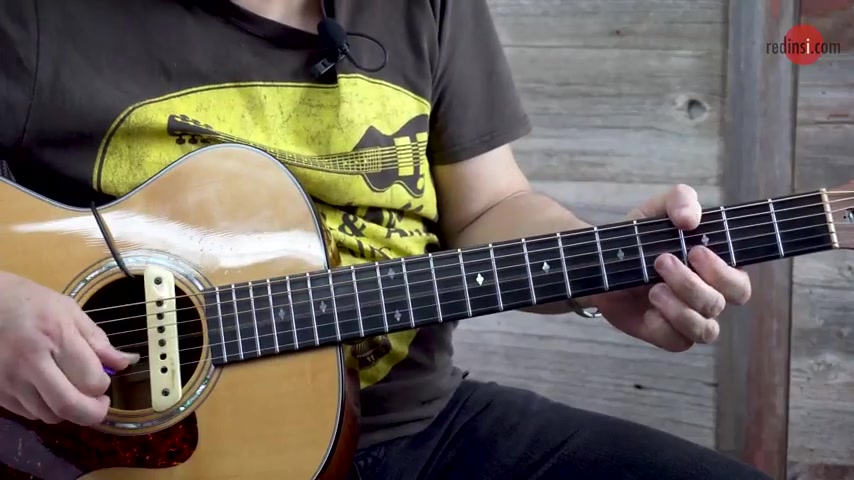
So once again , open third string , second finger on the third string , fourth threat for A B hammers from the B to AC .
Now I'm completing the G major chord , the G major triad .
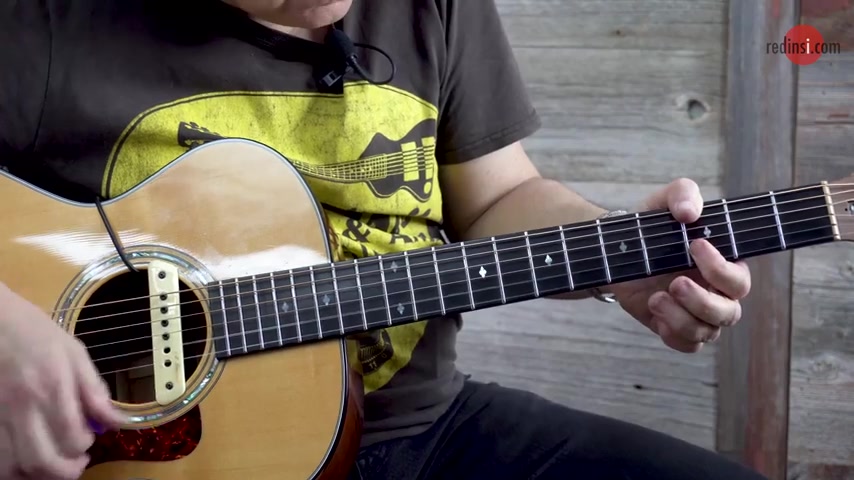
So , so once again , once again , so the point of this as part of an E minor pentatonic for E minor part of the E minor pentatonic scale G major next , I'm going to an , a minor chord .
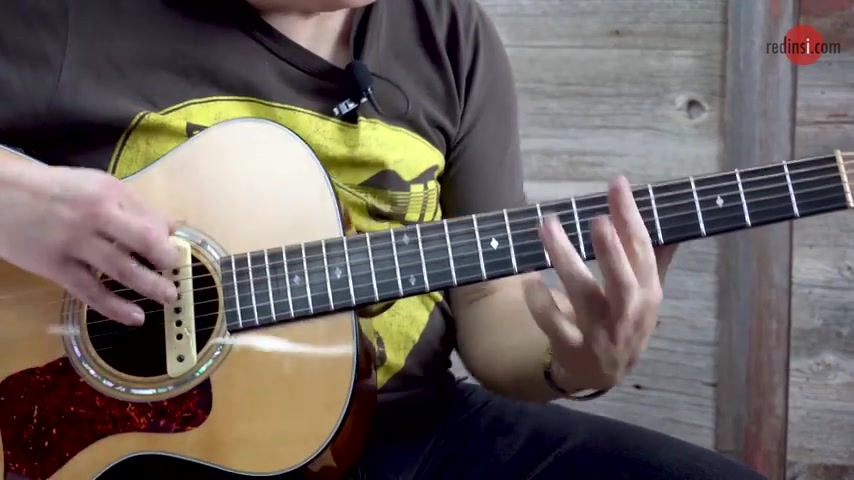
So I have .
So , what is that ?
Well , he's got an , a minor in the base .
So the listener here is the , a minor we're hearing .
So , what you want to do , keep the bar going .
So , really , that is part of CDC G A gab .
So what is that looks to me like as part of an A minor pentatonic could be ac A G A or because it's got a B could be part of an , a natural minor .
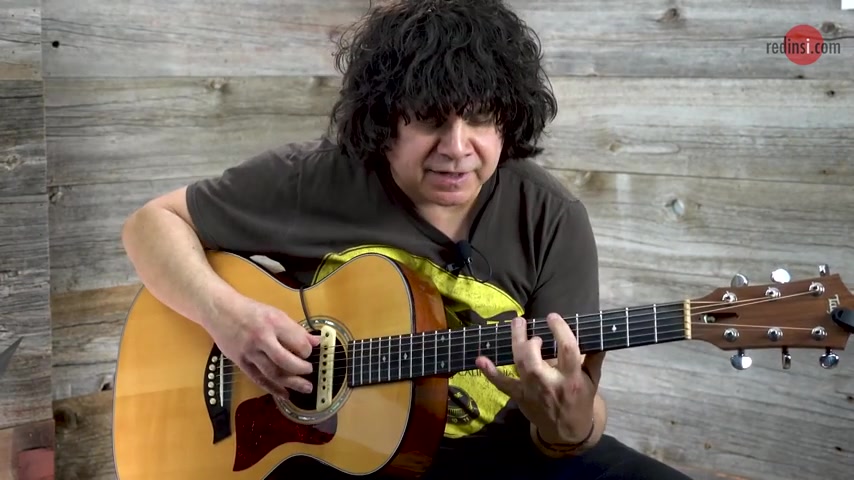
The difference ABC D G ABC Defg A and what he's doing goes to an E minor .
So to recap once again , then I'm going to an E minor court .
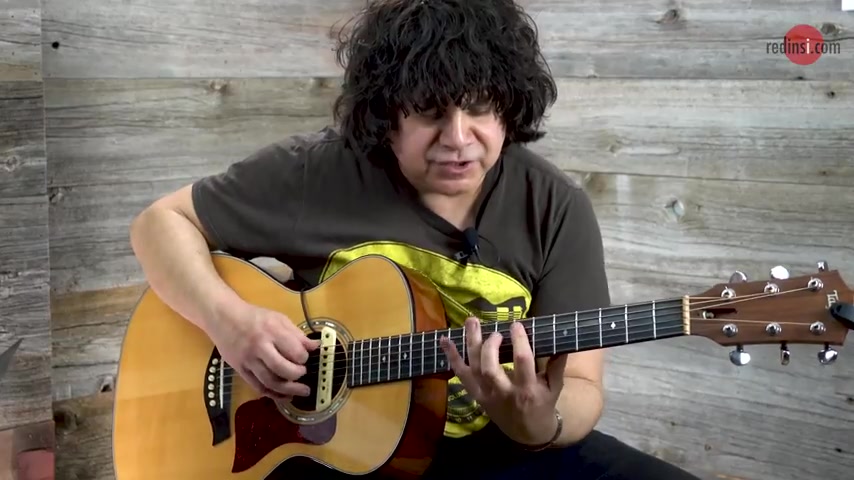
So what he , what he Jimi Hendrix is doing here is he seems to be implying part of E G A and then the octave notes above the octave gabg and E so the , the scale he seems to be implying is then I'm hammering from the eighth fret , second string , second finger holding down the E minor seven cord , then he G A G .
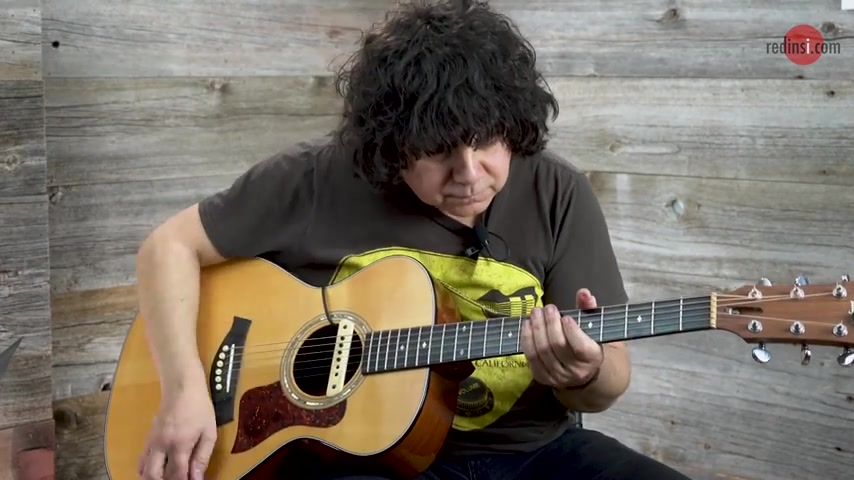
So once again , then I'm going to a B minor court A minor .
You so let's talk about that .
What he's really doing is he's playing scales over chords , holding down the bass note .
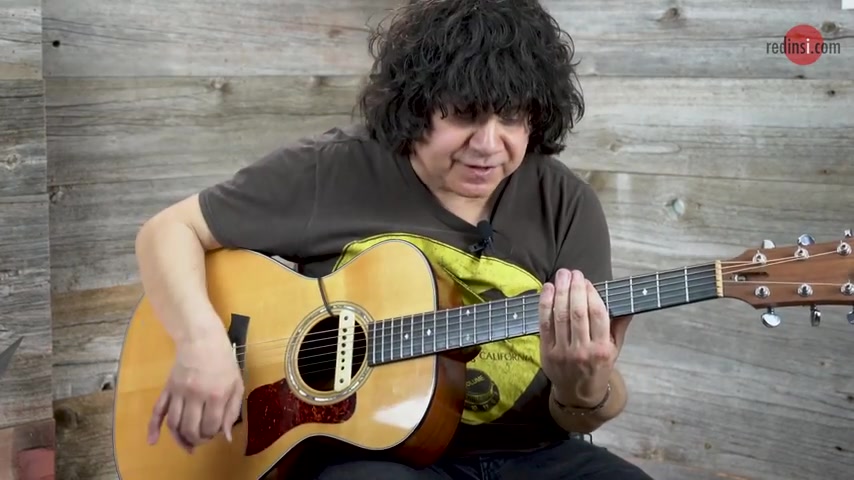
The listener here is this , but on top of that he hears or she or they and back to there .
So let's take this apart the E minor or pardon me ?
The B minor , be flat back to the AM A A GF , then goes from the gag A BG .
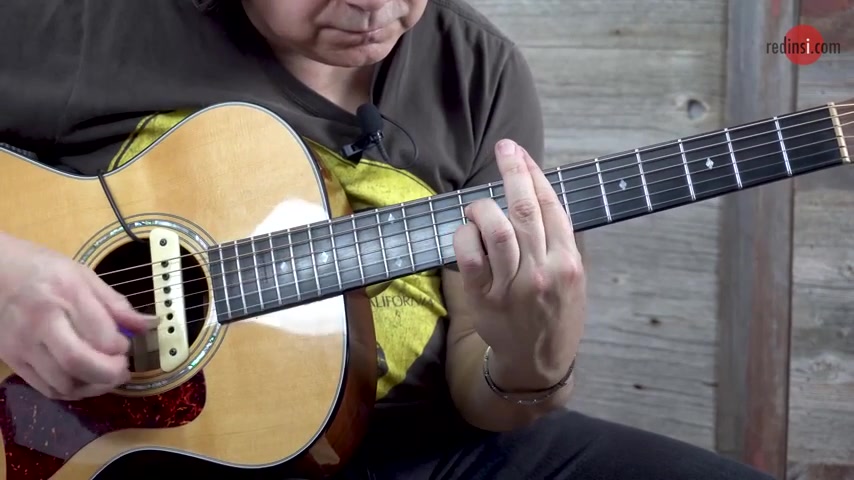
So once again catching the G with my thumb .
So what he's doing here actually kind of cool .
It's an , a natural minor scale .
So you have to ask yourself , did he really know what he was doing ?
And I don't think he based on everything I've read , I don't think he could explain it .
Technically , I remember reading shortly before his untimely passing that he wanted to take off a year to read music , whether that would have had an impact or not .
God only knows my point being once again , he's got the a minor scale ABC DEFG ABC played all the way up the octave .
Hold the note .
Hey A G A mm .
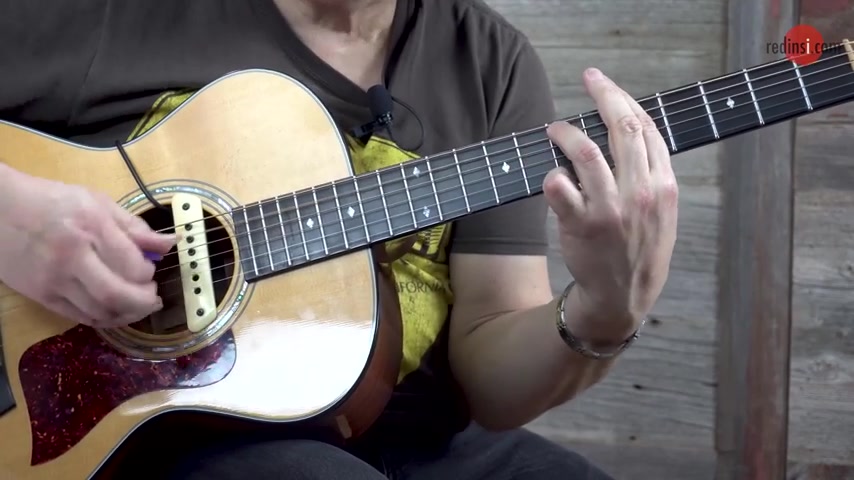
So you have G , so a G A nine , your thumb plays the base , your third finger plays a G third string remains open .
Your first finger plays ad the nine is the A on top slide up to a sea core part of the sea cord mute .
Going to a decor to ad , remember this from Sweet Home Alabama .
For those of you who are nice enough to watch the video goes from ad root position D A second version of AD cord , ad F sharp .
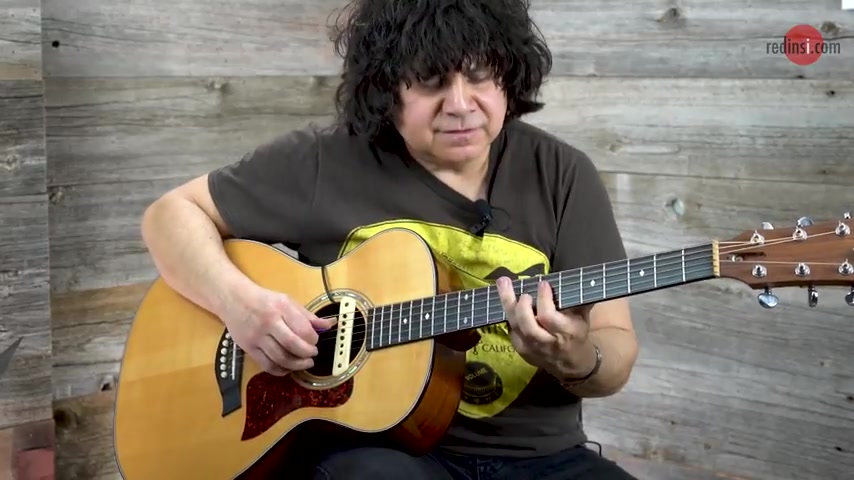
A hammering from an A as G hammers from the E to the F sharp .
So once again , next , that's the first part of little wing .
Are you looking for a way to reach a wider audience and get more views on your videos?
Our innovative video to text transcribing service can help you do just that.
We provide accurate transcriptions of your videos along with visual content that will help you attract new viewers and keep them engaged. Plus, our data analytics and ad campaign tools can help you monetize your content and maximize your revenue.
Let's partner up and take your video content to the next level!
Contact us today to learn more.